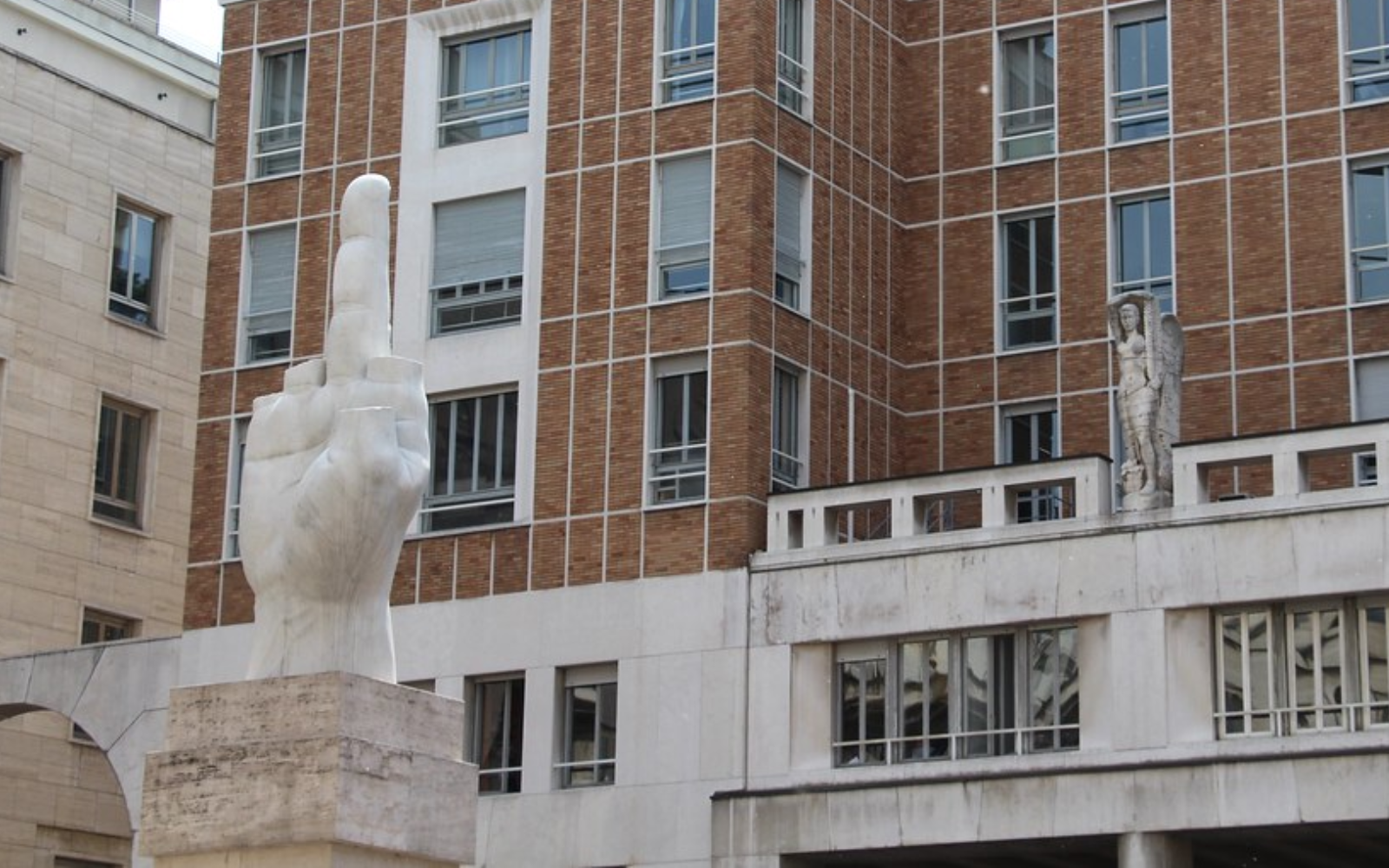
Why does everyone say they hate Milan? When the metropolis of progress goes into regression
We have been saying it for years: Milan is no longer the promised land it once was. From the old men on the tram holding their bags to their chests for fear of being mugged, to the bored Bocconians queuing for The Rocket, there is no social or demographic sphere that has not been affected by this all-encompassing wave of disillusionment. In the middle of fashion week, when influencers in total Zara looks lurk in front of Fendi for the perfect selfie, celebrities clog city traffic in their van, and the climax of the dichotomy in which the city lives is realised in the aperitif on the Duomo terrace overlooking the clochard, the press has dusted off a warhorse that has been raging since the post-pandemic: the end of the dream of Milan as a glorious European metropolis. "A new way to hate Milan", headlines Rivista Studio, testifying to the discontent of those who have found themselves despisers of a city they until recently adored. In Il Fatto Quotidiano, Selvaggia Lucarelli tells of her love affair (which ended badly) with the Lombard capital, in words in which, pietistic aberrations aside, we could all recognise ourselves. But how much of it is true and how much is the result of an attempt to please that part of the audience that likes to tell itself that it feels bad, lives badly, in a kind of bourgeois decadentism?
Let us start with the data. In 2021, the Lombard capital was in second place in Sole 24 Ores ranking; in 2022, it is among the metropolises that have lost more than six positions in a single year, dropping from second to eighth place. The high cost of rent is a negative factor: according to the dossier, a property can swallow up 60% of the average income. But Milan also surprises on the negative side with its 103rd place in 'justice and security', while it also lags behind in 'environment and services', losing 37 positions in twelve months. So, according to the statistics, citizens' well-being seems to be affected in several areas: Prosperity and Consumption, Economy and Labour, Demography, Society and Health, Environment and Services, Justice and Security, Culture and Leisure. Every year, the city welcomes more than 20,000 out-of-town students, attracted by the myth of the big city in a sea of provinces or urban centres that are big but do not have the same international appeal. They soon become disillusioned with an education system that sees them more as employees of a multinational company than as students. An internal battle soon begins among them for the single room for 700 euros in Sant'Ambrogio, and clubbing no longer suits the tastes of a new generation of partygoers who meet at Opal but dream of Berlin raves.
«Corso Como, Porta Ticinese and Navigli have become microcrime favourites, the gay streets of Buenos Aires are a maze of streets stormed by the rainbow community and others, with wars between the municipality and residents exhausted by chaos and noise. The station district, scene of the recent stabbing of poor passers-by, (...) Via Vittor Pisani is a parade of closed pubs and homeless camps. In the ghetto neighbourhoods there are childrens classes populated only by foreigners, a factor that hinders integration and social recovery in an increasingly segregated city» Lucarelli aptly describes. With living costs far above average salaries, Milan confirms itself as a city for rich families or for the brave who manage to make ends meet with daring gimmicks breathing down their necks. A city that aspires to Paris, dreams of London, aims at Switzerland and remains a provincial imitation of all three, as if the inescapable burden of Italian would prevent it from doing so. As Anna Momigliano notes «Weve finally realised that the problem with Milan running is not that its lagging behind, but that its not running as much. It's not that Rome is better off with its wild boars, it's just that this story of Milan as a happy island, 'different' from the sinking country, is no longer convincing: a bit better off than the others, maybe, but, as Stanis would say, we are very Italian.»
The myth of Milan 'that does not cease' collides with a capital that is tired of itself and its own rhythms. It vacillates between the memory of the Expo and the intention of the Olympics, and gets lost in the midst of crime, progressive gentrification, the difficulties of integration and the mirage of the minimum wage. It struggles to see his mayor, who found the time to do a podcast towards the end of his second term but not the time to solve the traffic problem, gain ground on those whose opinions are far more polarised than his own amid suppressed ridership and weekly protests. The problem is that we may have forgotten from all the work that there is no tidy, culturally stimulating metropolis to enliven us with city walks, art openings and exclusive parties when we step out of our office building. In search of the mirage of 'fulfilment', we lose ourselves in a mediocre, lonely life in a smog-infested city that is no longer the promised land of dreams that once welcomed us.














































